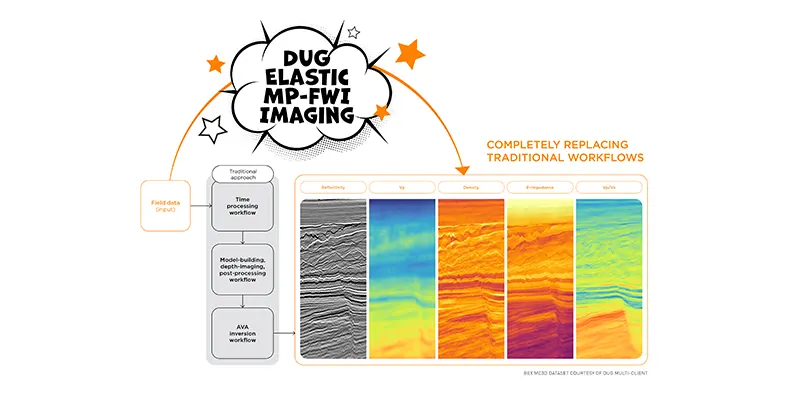
A single well location can now be pinpointed at Oryx prospect. (Image source: Pancontinental Energy)
Pancontinental Energy has released revised estimates of prospective resources for the company's PEL 87 project, Orange Basin offshore Namibia
Pancontinental chief executive officer, Iain Smith, said, "The Pancontinental technical team continues to deliver, such that we are now able to pinpoint a single well location at the Oryx prospect that offers oil potential at three discrete intervals for a combined 2.5 billion barrels of High Case prospective resource, with a Geological Chance of Success upgraded to 26.2%."
The Oryx prospect now incorporates the prospective features previously identified as the Calypso and Addax Channel leads, due to the fact that it has been determined that all three targets may be effectively tested by a single exploration well. As a result the High Case (3U) prospective resource estimate (gross, 100%) for Oryx now stands at over 2.5bn barrels of oil, recoverable.
Of note is that, in general terms, it is the Best Case (2U) prospective resource estimates which have most benefited from the revised inputs, in particular for Oryx and Hyrax (due to their relative maturity, as prospects). The Low Case (1U) and High Case (3U) for each prospect/lead is affected to a lesser degree and the prospective resource estimates for the Addax Fan and Addax South leads remain unchanged, as does the GCoS. The GCoS for the remainder of the prospect/lead inventory has increased, based upon seismic synthetic modelling which provides positive indications for a hydrocarbon fluid effect (interpreted as a low gas-oil-ratio oil). As such the estimated GCoS for the main Oryx prospect now stands at 26.2% (previous estimate 22.5%).
QI screening is currently on, generating a mapping of an additional prospective feature, external to the Saturn Complex. The Phoebe West lead is interpreted as an Albian-to-Aptian basinal turbidite fan feature fed by a long-lived northern channel clastic bypass depositional system. Interpretation of this feature is ongoing at this time and Pancontinental anticipates providing further detail soon.










